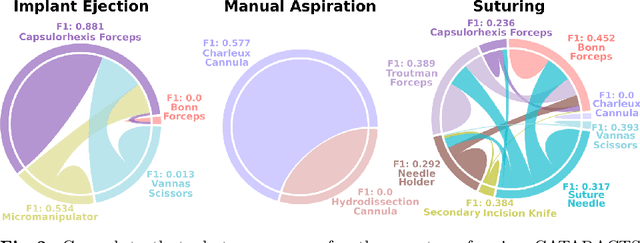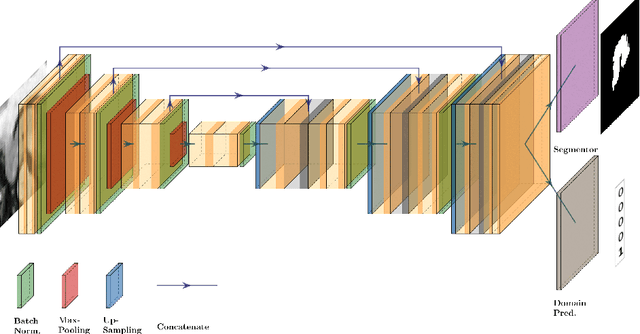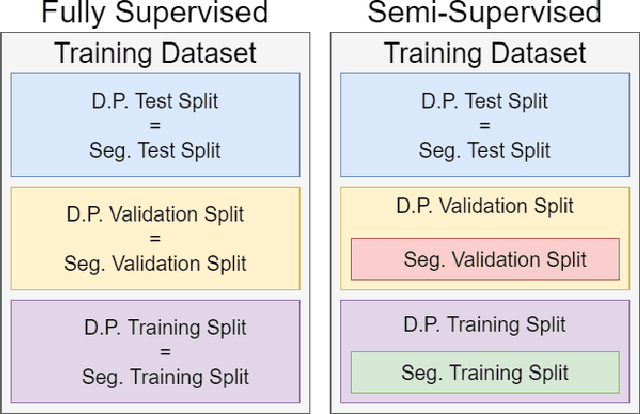Antoine Sanner
Synthesising Rare Cataract Surgery Samples with Guided Diffusion Models
Aug 03, 2023



Abstract:Cataract surgery is a frequently performed procedure that demands automation and advanced assistance systems. However, gathering and annotating data for training such systems is resource intensive. The publicly available data also comprises severe imbalances inherent to the surgical process. Motivated by this, we analyse cataract surgery video data for the worst-performing phases of a pre-trained downstream tool classifier. The analysis demonstrates that imbalances deteriorate the classifier's performance on underrepresented cases. To address this challenge, we utilise a conditional generative model based on Denoising Diffusion Implicit Models (DDIM) and Classifier-Free Guidance (CFG). Our model can synthesise diverse, high-quality examples based on complex multi-class multi-label conditions, such as surgical phases and combinations of surgical tools. We affirm that the synthesised samples display tools that the classifier recognises. These samples are hard to differentiate from real images, even for clinical experts with more than five years of experience. Further, our synthetically extended data can improve the data sparsity problem for the downstream task of tool classification. The evaluations demonstrate that the model can generate valuable unseen examples, allowing the tool classifier to improve by up to 10% for rare cases. Overall, our approach can facilitate the development of automated assistance systems for cataract surgery by providing a reliable source of realistic synthetic data, which we make available for everyone.
How Reliable Are Out-of-Distribution Generalization Methods for Medical Image Segmentation?
Sep 03, 2021



Abstract:The recent achievements of Deep Learning rely on the test data being similar in distribution to the training data. In an ideal case, Deep Learning models would achieve Out-of-Distribution (OoD) Generalization, i.e. reliably make predictions on out-of-distribution data. Yet in practice, models usually fail to generalize well when facing a shift in distribution. Several methods were thereby designed to improve the robustness of the features learned by a model through Regularization- or Domain-Prediction-based schemes. Segmenting medical images such as MRIs of the hippocampus is essential for the diagnosis and treatment of neuropsychiatric disorders. But these brain images often suffer from distribution shift due to the patient's age and various pathologies affecting the shape of the organ. In this work, we evaluate OoD Generalization solutions for the problem of hippocampus segmentation in MR data using both fully- and semi-supervised training. We find that no method performs reliably in all experiments. Only the V-REx loss stands out as it remains easy to tune, while it outperforms a standard U-Net in most cases.
 Add to Chrome
Add to Chrome Add to Firefox
Add to Firefox Add to Edge
Add to Edge